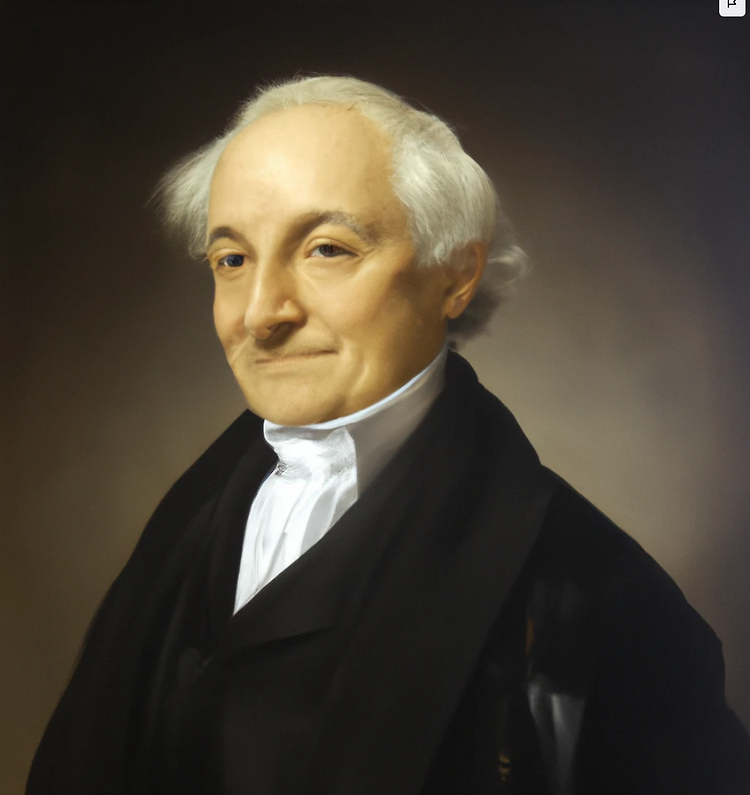

Pythagoras, a Greek mathematician and philosopher, lived in the 6th century BCE and is best known for his contribution to the field of mathematics, specifically his eponymous theorem: $a^2 + b^2 = c^2$. But his contributions to the field of mathematics are only a small part of the larger puzzle that was his life and work. In this document, we will delve into the biography, career, achievements, and appraisal of Pythagoras, as well as explore some lesser-known anecdotes about the man behind the theorem.
Biography
Pythagoras was born on the island of Samos, Greece around 570 BCE. He was raised in a wealthy family and received a traditional Greek education, which likely included literature, music, and gymnastics. As a young man, Pythagoras traveled to Egypt and Mesopotamia, where he studied mathematics and philosophy. He also spent time in Croton, a Greek colony in southern Italy, before eventually settling in the city of Croton and establishing a school and community known as the Pythagoreans.
Pythagoras is believed to have been a charismatic leader and an enigmatic figure. He had a large following and his teachings were shrouded in secrecy. He and his followers lived a communal lifestyle, with a strong emphasis on spiritualism, vegetarianism, and morality. Pythagoras's followers were also expected to observe strict rules of secrecy and obedience, and to follow a lifestyle that included regular fasting, meditation, and silence.
Pythagoras's school and community were eventually destroyed in a political upheaval in Croton, and Pythagoras himself is believed to have fled to Metapontum, where he died around 495 BCE.
Career and Achievements
Pythagoras is best known for his contributions to mathematics, specifically his theorem about the relationship between the sides of a right triangle. The theorem states that $a^2 + b^2 = c^2$, where $c$ is the length of the hypotenuse and $a$ and $b$ are the lengths of the other two sides. This theorem, known as the Pythagorean theorem, is still used today in fields such as architecture, engineering, and physics.
In addition to the Pythagorean theorem, Pythagoras and his followers made many other contributions to mathematics. They were the first to use the term "philosophy" to describe what we now call mathematics and they were the first to use the word "mathematics" to describe the study of mathematical concepts. They also worked on the properties of numbers, including the concept of irrational numbers, and developed mathematical concepts such as the Pythagorean triples.
Pythagoras and his followers were also known for their work in other fields such as music and astronomy. They believed that the universe was made up of numbers and that the principles of music were based on mathematical ratios. They also developed the concept of the "harmony of the spheres," which proposed that the movements of the celestial bodies created a beautiful and harmonious sound.
Definitions
Pythagoras is best known for his eponymous theorem, which states that in a right triangle, the square of the length of the hypotenuse (the side opposite the right angle) is equal to the sum of the squares of the lengths of the other two sides. This can be represented mathematically as:
$a^2 + b^2 = c^2$
where $c$ is the length of the hypotenuse and $a$ and $b$ are the lengths of the other two sides.
Another important concept associated with Pythagoras is the idea of irrational numbers. A number is considered to be irrational if it cannot be expressed as the ratio of two integers. The most famous example of an irrational number is $\sqrt{2}$, which was discovered by Pythagorean's followers.
Theorems
In addition to the Pythagorean theorem, Pythagoras and his followers also developed several other theorems. One example is the theorem of similar triangles, which states that if two triangles have the same shape, but possibly different sizes, then their corresponding angles are equal. This theorem can be used to prove the congruence of triangles and is a fundamental concept in Euclidean geometry.
Another example is the theorem of incommensurable magnitudes, which states that there are certain magnitudes (such as the side lengths of a square and the diagonal) that cannot be measured in whole numbers. This theorem was used to prove the existence of irrational numbers.
Properties
Pythagoras and his followers also studied the properties of numbers, and their work laid the foundation for the field of number theory. They discovered that certain numbers, such as the number 1, are indivisible, while others, such as the number 10, can be divided into smaller numbers. They also discovered that numbers can be classified into categories such as even and odd numbers. They also discovered the sum of the squares of the first $n$ integers is $n(n+1)(2n+1)/6$ and sum of cubes of the first $n$ integers is $(n(n+1))^2$
Pythagoras and his followers also studied the properties of geometric shapes, and their work laid the foundation for the field of Euclidean geometry. They discovered that certain shapes, such as the triangle and the square, have unique properties and can be used to prove the congruence of other shapes.
The Pythagoreans also studied properties of space and discovered the five regular solids. These shapes are the tetrahedron, cube, octahedron, dodecahedron, and icosahedron. They also believed that these shapes represented the five elements of the universe: fire, earth, air, water and the universe itself.
Overall, the work of Pythagoras and his followers in mathematics and geometry laid the foundation for many of the mathematical concepts and theorems that we use today. Their ideas and discoveries continue to be studied and applied in various fields, such as physics and engineering.
Appraisal
Pythagoras and his followers have had a significant influence on the development of mathematics, science, and philosophy. His theorem is considered one of the most important theorems in mathematics and is taught in schools around the world. Pythagoras's work on the properties of numbers laid the foundation for the development of number theory and his ideas about the relationship between mathematics and the universe influenced the development of astronomy and cosmology.
Pythagoras's ideas and teachings have also had an influence on other fields such as music and architecture. His followers developed the concept of the "harmony of the spheres," which proposed that the movements of the celestial bodies created a beautiful and harmonious sound. This concept has been used in music theory and composition and has been a source of inspiration for architects and designers.
Pythagoras's influence on philosophy is also notable. He and his followers believed that the universe was made up of numbers, and they developed a system of thought known as "philosophy" which sought to understand the underlying principles and laws of the universe. This system of thought laid the foundation for what we now know as mathematics and science.
Pythagoras's ideas have also been a source of inspiration for various religious and spiritual movements. His emphasis on spiritualism, vegetarianism, and morality, as well as his belief in the immortality of the soul, have influenced various religious and spiritual traditions such as Pythagoreanism and Neopythagoreanism.
Anecdotes
Pythagoras is known for being an enigmatic figure, and there are many anecdotes and legends surrounding his life and teachings.
One of the most well-known anecdotes about Pythagoras is the story of how he discovered the Pythagorean theorem. According to legend, he observed a right triangle in a square and noticed that the square on the hypotenuse was equal to the sum of the squares on the other two sides.
Another famous anecdote is that Pythagoras was able to remember his previous lives. He was said to have been able to recall his past lives and had a deep understanding of the cycle of reincarnation.
Pythagoras's followers were also said to have a strict rule of secrecy, and it is said that they were forbidden from writing down their teachings. This led to much of Pythagoras's teachings being passed down orally, which has made it difficult to know for certain what his true beliefs and teachings were.
Summary
Pythagoras was a Greek mathematician and philosopher who lived in the 6th century BCE. He is best known for his eponymous theorem, which states that $a^2 + b^2 = c^2$, where $c$ is the length of the hypotenuse and $a$ and $b$ are the lengths of the other two sides. He also made many other contributions to mathematics, including the properties of numbers and the concept of irrational numbers.
Pythagoras's ideas and teachings have had a significant influence on the development of mathematics, science, and philosophy, as well as on various religious and spiritual movements. His life and teachings have also been the subject of many anecdotes and legends, adding to the mystique surrounding the ancient mathematician.

You know what's cooler than magic? Math.
포스팅이 좋았다면 "좋아요❤️" 또는 "구독👍🏻" 해주세요!



